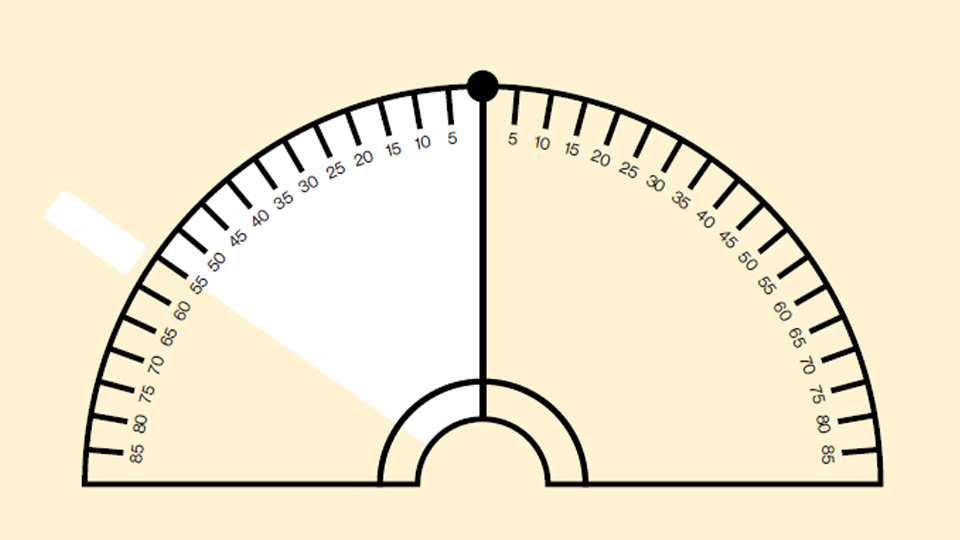New day of eye check-ups at the Casal dels Infants in Santa Coloma
09/04/2025

03/04/2025
The Barraquer Foundation, in line with its aim of promoting research in ophthalmology, has created a special award for young talent by selecting one of the biomedical-themed projects presented at Exporecerca Jove 2024. This is an international research fair open to the public, organised by MAGMA (Associació per Promoure la Recerca Jove), where secondary school and sixth-form students from around the world present their research projects.
In this first edition of the award, the winner was Joel Mas Jiménez, a second-year sixth-form student at IES Ramon Turró i Darder in Malgrat de Mar.
The awarded project is titled “Myopia and its relationship with the peripheral visual field. Is the peripheral visual field of a person with myopia affected?” The author’s initiative and scientific interest made him a deserving recipient of the prize. He built a visual field measuring device and studied the results in several volunteers, comparing them with a professional perimeter, obtaining evidence of visual field alterations in individuals with high myopia (greater than 6 dioptres).
Recently, a team of professional scientists at the Zhongshan Ophthalmic Center in China, led by Dr Wei Wang, found that half of a total of 330 non-pathological high myopic eyes showed visual field alterations. These were more likely to appear the longer the eye, and in cases with thinner corneas, among other risk factors.
We are proud to see that many students are interested in biomedical research, and at the Barraquer Foundation, we will continue to promote this culture among our young people — for they are the future.
Gemma Julio, Deputy Director of Research
Almost all wearers of glasses and contact lenses consider reducing their prescription with refractive techniques at some point. In this chapter we explain all the options and help you know when it is worth having surgery, who is a good candidate and why it is so important to choose where to go.